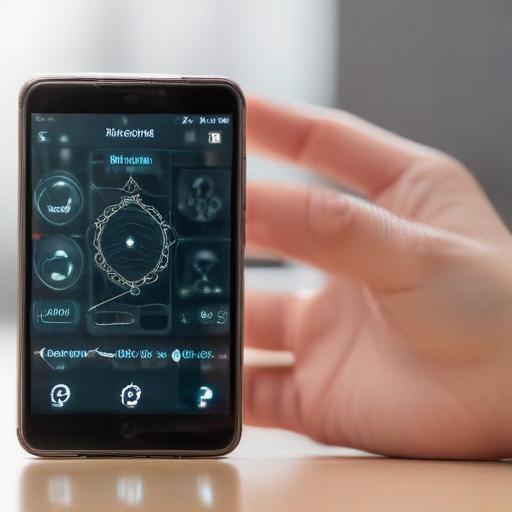Think your phone is only for calls, texts and scrolling? Think again. In your pocket sits a pocket-sized lab, quietly powering the features you use every day.
The accelerometer is the little sensor that detects motion and tilt. It’s what lets your fitness app count steps and what flips your screen from portrait to landscape as you rotate the device. The barometer, often tucked inside the same slim body, helps weather apps gauge atmospheric pressure and, in some models, can detect altitude changes—useful for noting when you’ve climbed stairs or reached a new floor. The gyroscope, which measures orientation in space, fuels augmented reality games and apps that overlay digital information onto the real world. Point your phone toward the sky and you can even spot planets guided by the device’s orientation data.
These sensors don’t just power flashy features; they enable practical benefits every day. Health and fitness insights become more accurate, navigation and AR experiences feel more natural, and weather and environment apps can provide more context about your surroundings. It’s a reminder that smartphones are more than communication tools—they’re compact laboratories that translate real-world movement and surroundings into digital usefulness.
Tips to get more from your device while staying mindful of privacy:
– Review app permissions and limit which apps can access sensor-related data when not needed.
– Use built-in privacy and security settings to manage location and activity data.
– Regularly update your OS, as manufacturers refine how sensors are accessed and used.
In a world where everyday apps rely on tiny sensors, your phone’s hidden lab is delivering smarter health tracking, more precise navigation, and immersive AR experiences—turning a simple device into a powerful ally in daily life.
